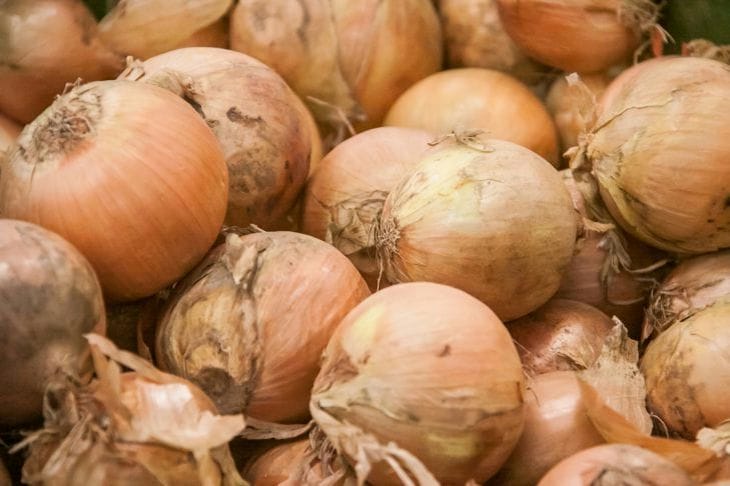White rot is a serious disease that can destroy an entire onion crop in a matter of days.
This fungal infection spreads quickly and is difficult to treat.
However, with timely detection and proper treatment, it is possible to save the plantings and prevent further infection.
Symptoms of white rot
The first signs of the disease often go unnoticed, making it difficult to fight the infection. An attentive gardener may notice yellowing and wilting of onion leaves, starting from the tips.
Upon closer inspection, a white fluffy coating can be found on the bulb and the lower part of the stem - the mycelium of the fungus.

Affected bulbs become soft and watery, emitting an unpleasant odor.
Preventive measures
Prevention of infection is always more effective than treatment. To prevent white rot, crop rotation should be observed, not planting onions in one place more often than once every 3-4 years.
It is important to use healthy planting material and not allow the soil to become over-watered.
Regular loosening of the spaces between rows improves soil aeration and reduces the risk of fungal diseases.
Chemical means of control
When the first signs of the disease are detected, fungicidal preparations can be effective. Such products as "Maxim", "Fundazol" or "Rovral" are popular.
The treatment should be carried out strictly according to the instructions, observing the dosage and frequency. It is important to remember that chemicals can be toxic, so their use requires caution and compliance with safety measures.
Biological methods
For those who prefer organic farming, there are biological means of combating white rot.
Preparations based on antagonist fungi, such as Trichodermin or Gliocladin, help suppress the development of pathogenic fungi.
These products are safe for humans and the environment, but may require longer and more systematic use to achieve results.
Folk remedies
Many gardeners successfully use folk methods to combat white rot. A solution of iodine (10 ml per 10 liters of water) or a weak solution of potassium permanganate can help in the initial stages of the disease.
Spraying plants with an infusion of garlic or onion peel also shows good results in the prevention and treatment of mild forms of the disease.
Agrotechnical methods
Proper cultural practices are key to controlling white rot. Infected plants should be removed and destroyed to prevent the spread of infection.
It is important to ensure good soil drainage and avoid dense plantings. After harvesting, the area must be thoroughly cleared of plant debris that could become a source of infection in the following season.
Features of harvest storage
To prevent the development of white rot during storage of the harvest, the bulbs should be thoroughly dried before being stored. The optimal storage temperature is about 0°C with air humidity of no more than 70-75%.
Regular inspection of stored onions will allow you to detect and remove infected bulbs in time, preventing the spread of the disease.
Integrated approach
The most effective strategy for combating white rot is an integrated approach that combines preventive measures, agricultural practices and, if necessary, the use of chemical or biological preparations.
Regular monitoring of the condition of plantings will allow you to notice the problem in time and take the necessary measures, preserving the harvest and the health of the soil for future plantings.








